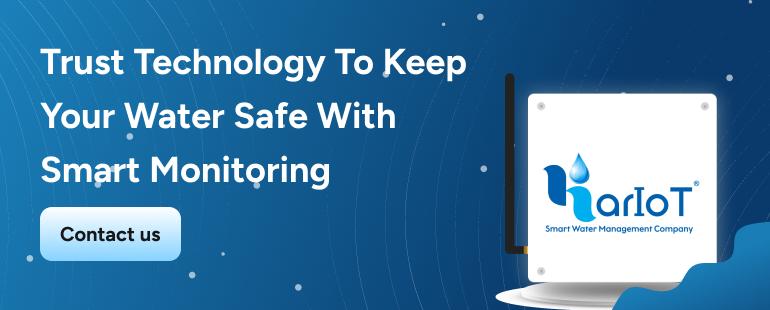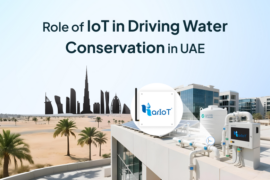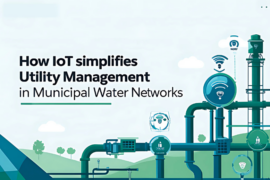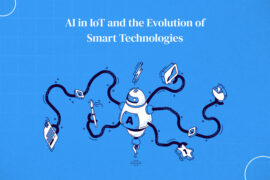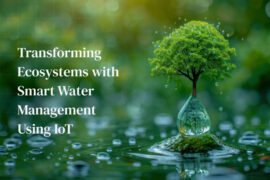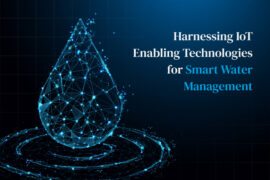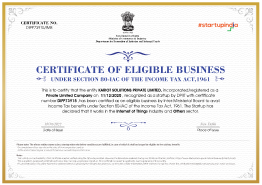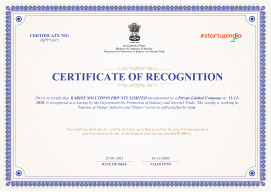Water quality is a critical issue in various industries, including agriculture, manufacturing, and public utilities. Traditional methods of monitoring are often slow, reactive, and cannot scale. However, with the integration of IoT technology, the approach to water quality monitoring has significantly advanced. Modern smart water quality monitoring systems now provide real-time data collection, remote troubleshooting, and predictive analysis through connected devices and smart platforms. These innovative systems enable organizations to better manage water use, comply with regulations, and promote sustainable resource management. Moreover, while enhancing precision and operational efficiency.
What is a Smart Water Quality Monitoring System?
An Internet of Things-enabled device that measures and analyzes water quality in real time is called a water quality monitoring system. To keep an eye on variables like pH, temperature, turbidity, dissolved oxygen, and more, it employs a variety of sensors. These sensors are connected to a centralized platform via an Internet of Things gateway, which permits remote data processing, transfer, and viewing.
What Role Does Industrial IoT Play in Water-Intensive Industries?
In water-intensive sectors like energy, chemicals, textiles, and food processing, Industrial IoT (IoT) plays a transformative role. By integrating an IoT remote monitoring solution, industries can achieve real-time visibility into water usage, quality, and system performance.
Smart Irrigation System Using IoT in Agriculture
A smart irrigation system using IoT integrates advanced sensors, weather data, and real-time soil moisture readings to automate and optimize irrigation schedules. This system ensures that crops receive the right amount of water at the right time. Moreover they reducing waste and improving crop yield. By utilizing an IoT remote monitoring solution, farmers can remotely track soil conditions, weather forecasts, and water usage through cloud-based platforms. Additionally, IoT tank level monitoring allows farmers to keep an eye on water levels in tanks and reservoirs, ensuring they’re always adequately stocked for irrigation needs.
Advantages:
- Water conservation is achieved by minimizing water waste through accurate and targeted irrigation
- Remote Monitoring: Allows farmers to manage irrigation from anywhere, even from mobile devices.
- Enhanced Crop Production: Efficient irrigation results in stronger, more productive crops.
- Cost-Effective: Minimizes water consumption, which is often a high operational cost in farming.
Disadvantages:
- Initial Setup Cost: The installation of IoT sensors and infrastructure can be costly.
- Reliance on Technology: Systems may face issues if there’s a loss of connectivity or technical malfunctions.
- Data Dependency: Over-reliance on data might sometimes lead to incorrect decisions if not properly analyzed.
Urban Water Solutions: Smart Water Meters
Smart water meters are revolutionizing urban water management by providing real-time data on water usage. Furthermore they helping utilities detect leaks, monitor consumption patterns, and ensure fair billing. Additionally, these meters, when integrated with an IoT remote monitoring solution, enable centralized data collection and analysis, providing a comprehensive view of water usage across entire neighborhoods or cities. Additionally, the inclusion of IoT tank level monitoring in municipal water systems helps to manage reservoirs and water storage more efficiently, preventing overflows and shortages.
Advantages:
- Because smart meters give precise water usage readings, billing disputes are reduced.
- Leak Detection: Immediate identification of leaks leads to quicker repairs and reduced water loss.
- Operational Efficiency: Remote monitoring reduces the need for manual checks and field visits.
- Water Conservation: Encourages responsible water usage by providing real-time feedback to consumers.
Disadvantages:
- Privacy Concerns: Collecting detailed data on water usage may raise privacy issues for consumers.
- High Initial Investment: The cost of installing and maintaining smart meters can be significant.
- Dependency on Connectivity: If there’s an internet or network outage, it may affect real-time data transmission.
Industrial IoT in Water-Intensive Industries
In industrial IoT, water is a critical resource for many operations, such as cooling, manufacturing, and chemical processing. IoT remote monitoring solutions in industrial sectors provide real-time data on water quality and usage. Moreover, its allowing plant managers to optimize water consumption, improve efficiency, and ensure compliance with environmental regulations. Smart water meters help in the precise measurement of water usage across industrial processes, and IoT tank level monitoring ensures water reservoirs are adequately maintained for production needs. Also, this integration of IoT technologies, including a water level monitoring system, allows for predictive maintenance and reduces the likelihood of water system failures, ensuring smoother industrial operations.
Advantages:
- Enhanced Efficiency: Instant data enables quick modifications to optimize the use of water.
- Ensures industries adhere to both environmental regulations and mandated water quality standards.
- Cost Reduction: Efficient water use lowers operational costs and reduces waste.
- Predictive Maintenance: IoT sensors enable early detection of issues, reducing downtime and repair costs.
Disadvantages:
- Complexity of Implementation: It can take a lot of effort and time to integrate IoT technologies into the current industrial infrastructure.
- High Setup Cost: The initial investment in IoT devices, sensors, and infrastructure can be significant.
- Data Security Risks: As with any connected technology, there is the potential for data breaches or cyber-attacks.
Challenges of Implementing IoT Water Monitoring Systems

- High Initial Investment:
Implementing IoT-based water quality monitoring systems requires an upfront investment in sensors, gateways, cloud infrastructure, and software. Although the long-term benefits outweigh these initial costs, many organizations may find the setup financially challenging. - Data Management and Overload:
IoT systems generate vast amounts of data. Managing this data effectively requires robust analytics platforms and skilled personnel. Without efficient data management systems, it can be difficult to extract actionable insights from the flood of information collected by the sensors. - Connectivity and Reliability:
Connectivity plays a critical role in IoT system performance. Maintaining a steady data flow from sensors to cloud platforms can also be challenging in remote locations or areas with unreliable internet connectivity. Additionally, IoT device monitoring must remain dependable, as technical malfunctions can lead to data loss and directly impact water quality management. - Security Concerns:
Given the interconnected nature of IoT devices, cybersecurity becomes a critical concern. When water quality monitoring systems are linked to public or industrial networks, the risk of hacking, data breaches, or sabotage rises significantly. To safeguard these systems, it is vital to implement appropriate security protocols and encryption methods.
Distinguish: Traditional vs Smart IoT-Based Monitoring
| Criteria | Traditional Monitoring | IoT-Based Smart Monitoring |
|---|---|---|
| Data Collection | Manual sampling, periodic checks | Real-time, continuous data via sensors |
| Accessibility | On-site only | Remote access via the internet/cloud |
| Response Time | Delayed detection and response | Instant alerts and automated actions |
| Scalability | Limited, labor-intensive | Easily scalable with centralized IoT device management |
| Cost Efficiency | Higher long-term costs due to manual labor | Reduced operational costs, predictive maintenance |
| System Monitoring | No health diagnostics | Integrated IoT device monitoring |
The Role of IoT in Smart Water Management
- Real-Time Monitoring:
IoT-enabled water monitoring systems provide real-time insights into water quality, making it easier to identify problems before they become critical. For example, sensors placed in rivers, lakes, reservoirs, or even industrial water tanks can monitor parameters like pH levels, enabling immediate corrective actions. This helps prevent contamination from spreading and improves overall water safety. - Remote Access and Control:
The real-time data collected by IoT sensors can be accessed remotely via cloud-based platforms. This means water quality can be monitored and managed from anywhere, providing convenience and control to water authorities. ,Moreover in industrial operators, and even farmers who need to keep track of irrigation systems. IoT device monitoring allows users to track the performance of individual sensors and devices remotely. Additionally its ensuring that the system is functioning optimally. - Predictive Maintenance and Alerts:
The use of predictive analytics IoT systems have the ability to predict potential water quality problems, like contamination or equipment malfunctions, before they occur. Both operating expenses and downtime are reduced by this proactive maintenance. In order to avoid any disruptions in water treatment, an Internet of Things system, for instance, can notify operators of a slow rise in turbidity levels.
Key Benefits of IoT in Water Quality Monitoring
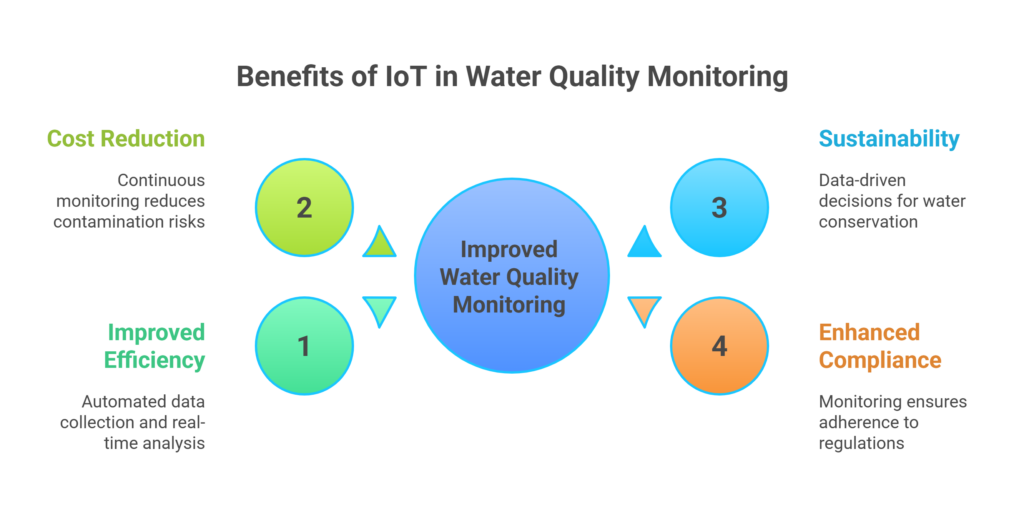
- Improved Efficiency:
IoT device management allows for automated data collection and real-time analysis. This significantly improves the speed and efficiency of monitoring, reducing the need for manual intervention and ensuring faster responses to potential water quality issues. - Cost Reduction:
With IoT systems, municipalities and industries can avoid costly water quality testing methods. The continuous monitoring reduces the chances of water contamination, which can be expensive to address once it spreads. Moreover, it helps prevent the waste of water by providing accurate data on consumption and quality, especially in agricultural and industrial contexts. - Sustainability:
IoT-powered systems promote sustainability by continuously maintaining water quality and helping preserve priceless water resources. Additionally IoT gateway solutions provide data-driven water-saving decisions when linked to water networks, increasing the sustainability and efficiency of the entire system. - Enhanced Compliance:
Manufacturing and energy industries must also follow strict water quality regulations. IoT systems help them comply by constantly monitoring water quality parameters and generating reports for regulatory bodies. This also reduces the risk of penalties and improves their environmental performance.
The Future of Smart Water Quality Monitoring
As IoT technology advances, the future of water quality monitoring promises significant improvements. The integration of artificial intelligence (AI) and machine learning (ML) will make IoT systems smarter, enabling them to learn from past data and predict potential water quality issues before they occur. Additionally, advancements in affordable and efficient IoT sensors and gateways will expand the adoption of these systems, making smart water monitoring accessible to more regions and industries.
In the coming years, industrial IoT will become even more integrated with water management systems, providing more detailed data and automating processes to ensure that industries use water in the most sustainable way possible. IoT device management will evolve to include advanced features such as self-diagnostics and auto-updates, ensuring systems remain operational without frequent manual interventions.
Conclusion
IoT-powered smart water quality monitoring systems are transforming the way industries and municipalities manage water. By using real-time data acquisition, remote diagnostics, and predictive analytics, these systems deliver valuable insights into water quality and usage. They help organizations manage resources more efficiently, meet regulatory standards, and strengthen sustainability efforts. Although challenges like high initial costs, data management, and connectivity issues still exist, the benefits clearly outweigh them. As IoT technology continues to advance, water quality monitoring will keep improving. With more industries and municipalities adopting IoT-based monitoring, they will drive greater efficiency, cost savings, and environmental protection, securing a safer and more sustainable water supply for future generations.


